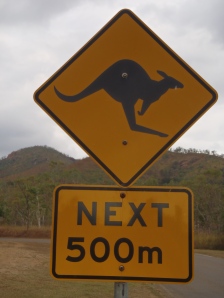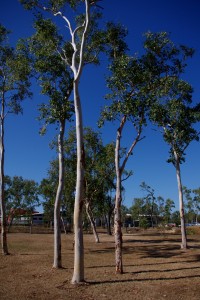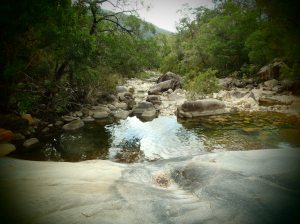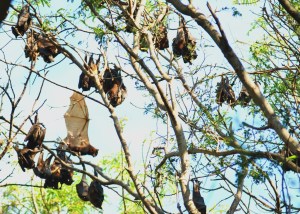28 is the number of days until my flight for Australia. 4 weeks exactly until I board the plane bound to what is referred to as ‘the most dangerous place on earth’. This is understandable, as most of its inhabitants are vicious killing machines, and I’m not talking about the rugby fans (hoolagans?)
Last time I was there, I was living on campus while studying abroad, and had the pleasant view of wallabies bounding beneath my balcony, and the parrots that would perch on my balcony to wake me up at 4am. (I don’t think I have ever had a bad thought toward birds until that morning.) But they weren’t dangerous. I also got to see the snakeskin of a growing King Brown snake that had been shed by the road, (remember the commercial where Steve Irwin pretends to get bit by the most venomous snake and keels over. Yeah, that’s the one.)
Even when exposed to such unique creatures, I had learned a few things that served, and will serve to help me survive the harsh land scape. Or at the very least, provide some interesting ‘tid-bits’ that make for some interesting commentary on our own landscape.
When in Australia, do as Australians do… Most of the time.
Face it. You don’t know the landscape. You don’t know what’s laying in the bush, waiting, lurking for the opportunity to bite. OK. Its not that bad.
When I first went to the river, you can imagine how excited I was to go to the local swim spot. It was beautiful, the trees grew out over the water, providing a platform to do a back flip – or more often – a belly flop, from. When I had asked one of my mates about the spot, and why that one in particular, besides the convenient dock, he said that it was a ‘safe’ swimming spot, since the two crocodiles (yes, crocs, teeth and all) lived a kilometer in each direction. The crocs are freshwater crocs (which, I am informed are “nicer” than saltwater crocs,) and as they are small, will avoid confrontation. I have spent a lot of time wondering the legitimacy of this, and if this information was meant to comfort in the same way that Drop Bears are meant to scare. (For those of you who don’t know, Drop Bears look just like Koalas, but will jump out of trees to eat human faces.)
In my Australian literature class, we were discussing a story about a boy who gets lost in the outback and (Spoilers!) Dies. This *cough* no-so-encouraging story brought up some questions from the foreigners, such as “how do I stay alive?”. One of my classmates, who was an outdoors-man, gave me a couple tips; Don’t go complacent that trees offer shelter, falling tree branches kill more people each year than shark or croc attacks combined. It can happen without any notice. Plunk! out of the tree, onto you. The next bit surprised me, only because it was different than what I am used to. I lived in Colorado long enough to have learned that if you are lost, you can build a water filter, then boil water, and might be drinkable. Our good friend Giardia, the parasite, infest most open water sources, but in a life-or-death situation, you’ll take your chances. In Australia, most of what can harm you, you can see. Microscopic lifeforms are few and far between, making most water sources drinkable as-is. What’s the catch? in areas where the water pools, fresh water crocs will go from pool to pool to eat the fish.
Summary: don’t sleep under trees, or too close to the stream.
The last “fun fact” is while there would be a number of reasons you wouldn’t want to be bit my one of the animals down there, rabies isn’t on the list of concerns. Rabies doesn’t exist. (Points to the harsh agricultural and animal guidelines for getting into the country.) The next closest thing that exists there is a disease that the flying foxes carry. The only way you can contract it – their excrement, and there is no cure. So don’t go playing in bat poo, and you’ll be fine.




